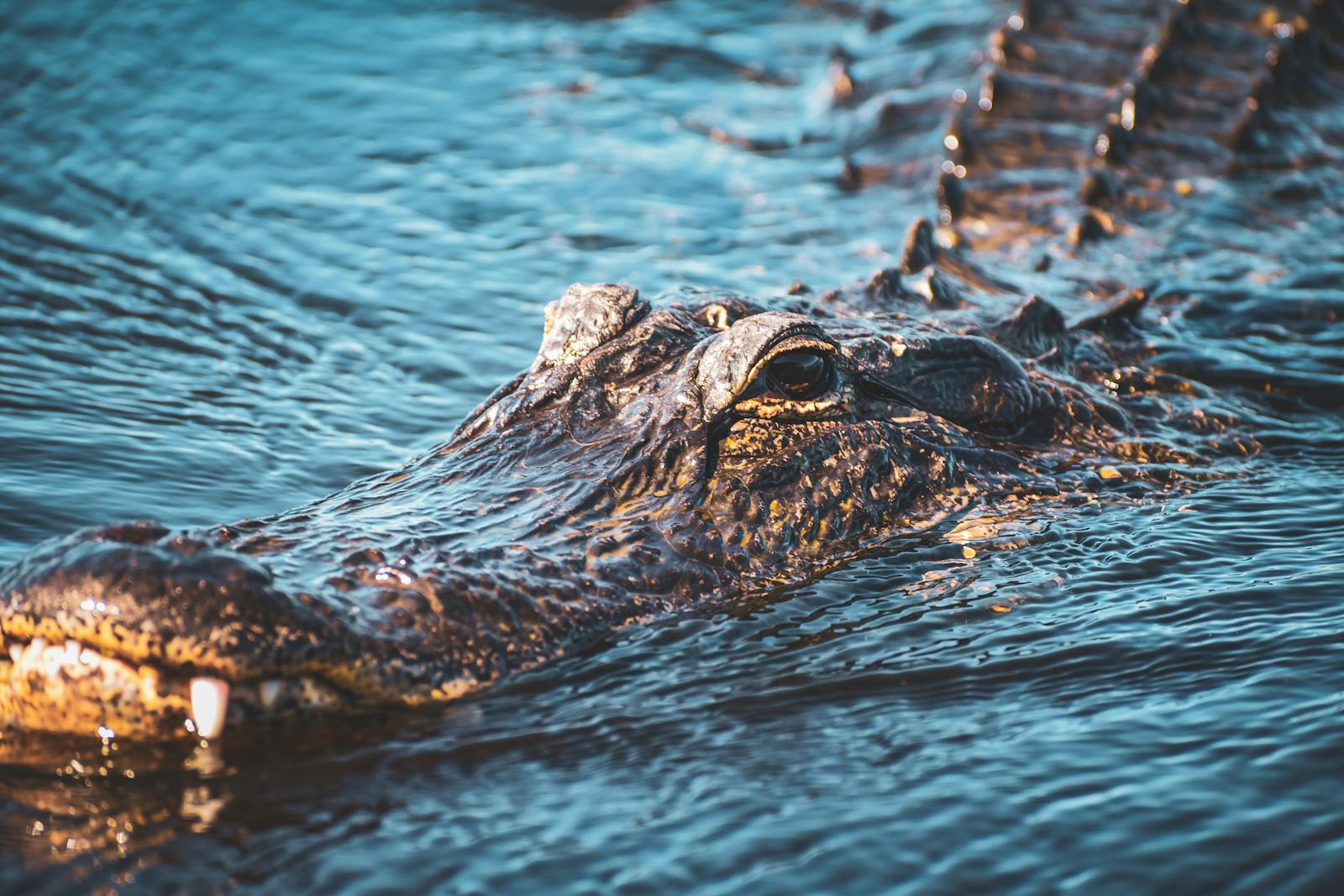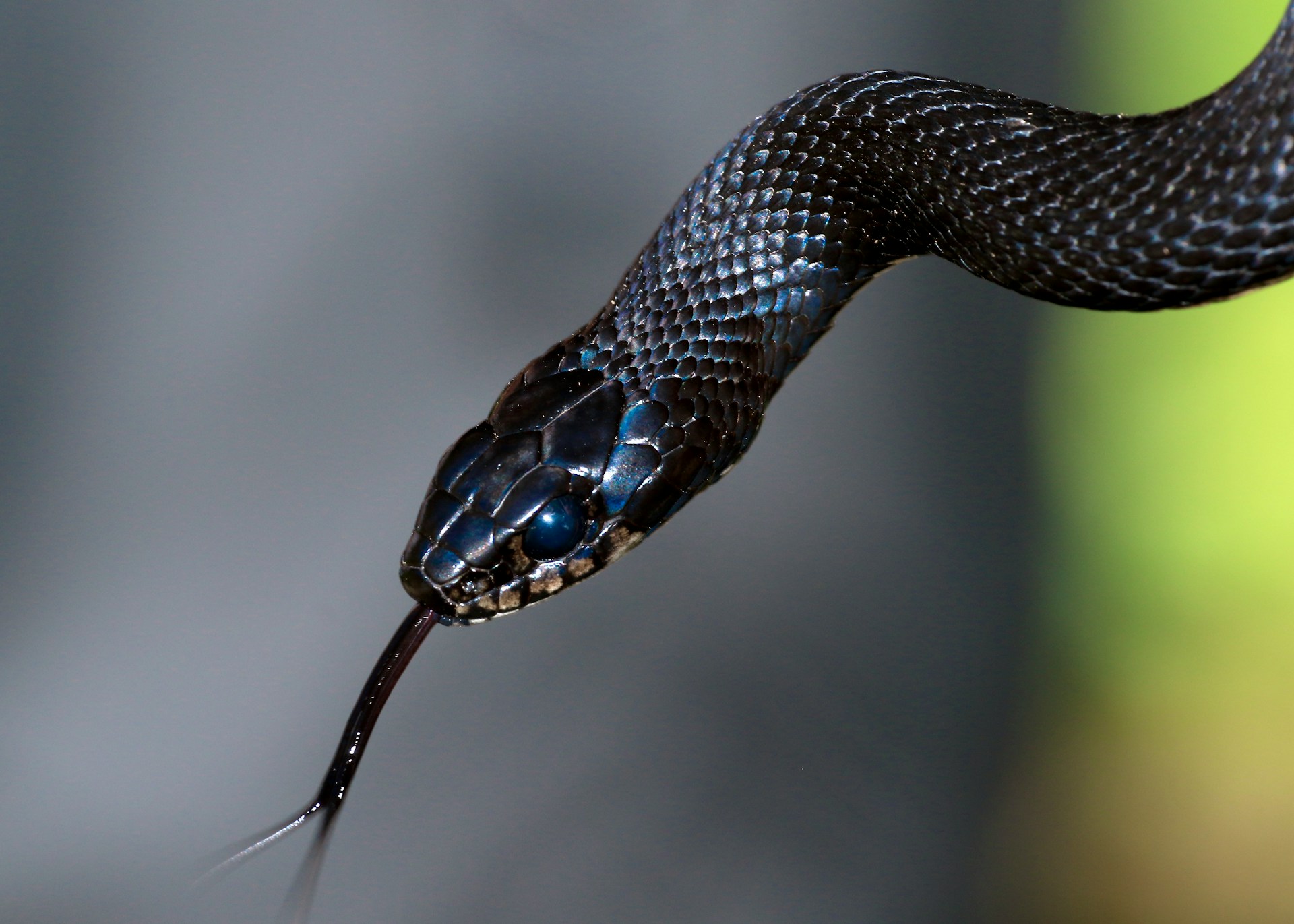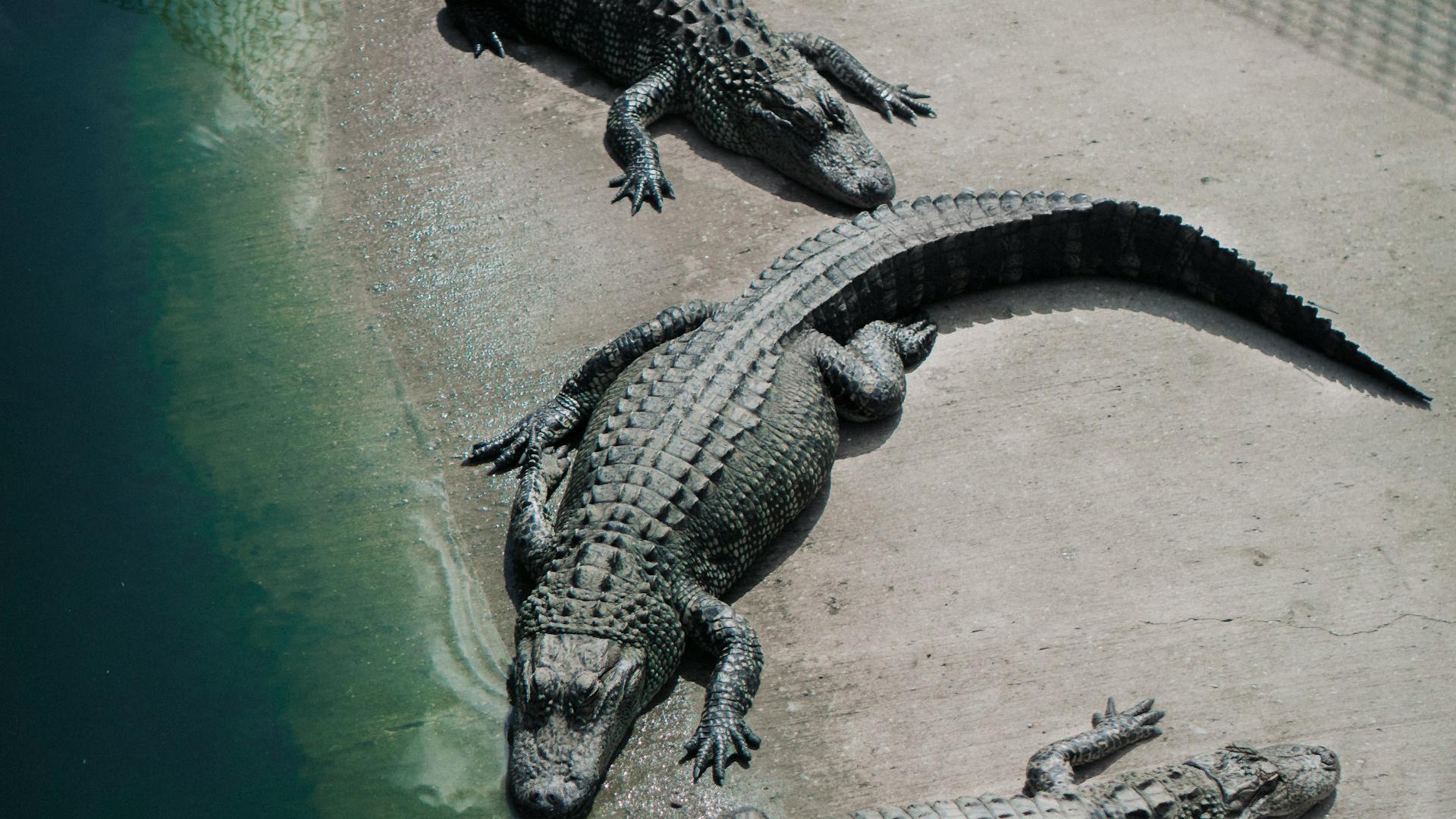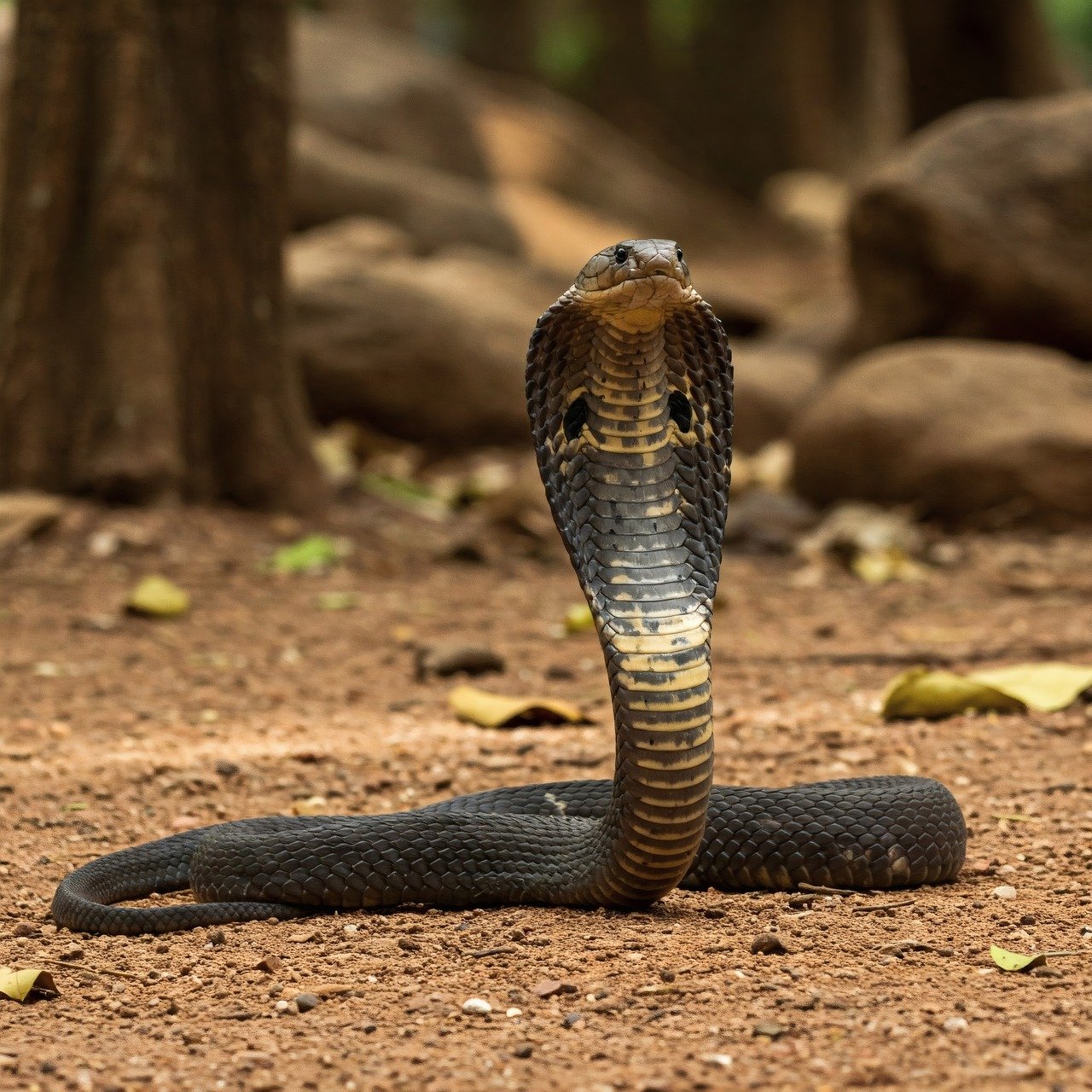In the murky waters of the American South, legends of massive alligators have circulated for generations. These stories, often dismissed as tall tales, gained undeniable credibility when truly enormous specimens began to be officially documented. The pursuit and capture of record-breaking alligators reveals not just the impressive scale these ancient reptiles can reach, but also the complex relationship between humans and these apex predators. From Alabama to Louisiana, Florida to Mississippi, the swamplands have yielded prehistoric-looking giants that challenge our understanding of just how large these creatures can grow. This article explores the fascinating story of the largest alligator ever caught, the biology behind such exceptional growth, and what these magnificent creatures tell us about our natural world.
The Record Holder: Stokes Alligator
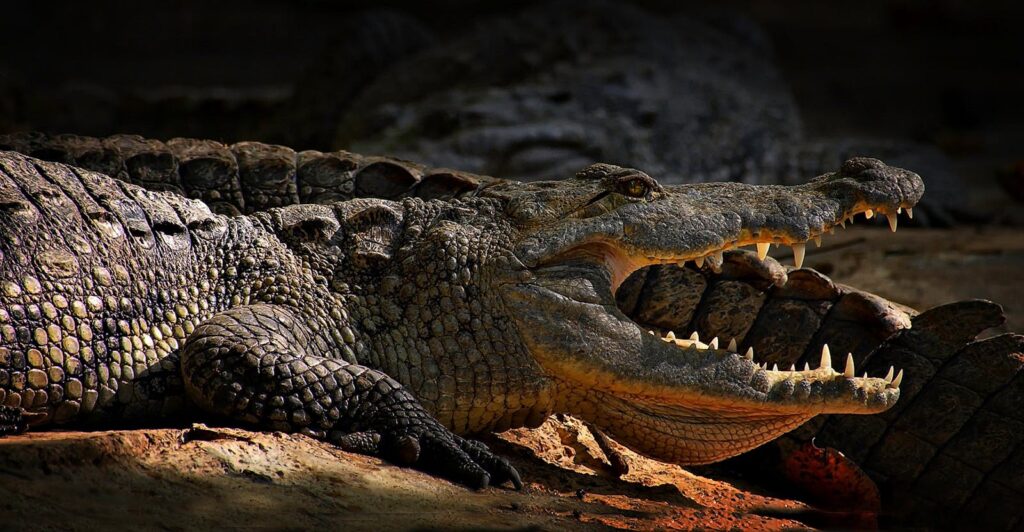
The current record for the largest alligator ever officially measured belongs to the “Stokes Alligator,” an enormous specimen harvested from the Alabama River in August 2014. Mandy Stokes, along with her husband John and family members, caught this behemoth during Alabama’s regulated alligator hunting season. When officially measured by wildlife biologists, the alligator stretched an astonishing 15 feet 9 inches (4.8 meters) in length and weighed 1,011.5 pounds (458.8 kilograms). The measurement process required industrial equipment due to the sheer size and weight of the animal, with multiple wildlife officials present to verify the record-breaking dimensions. This colossal reptile eclipsed previous records and stands as the largest alligator ever documented with verified measurements.
The Hunt That Made History
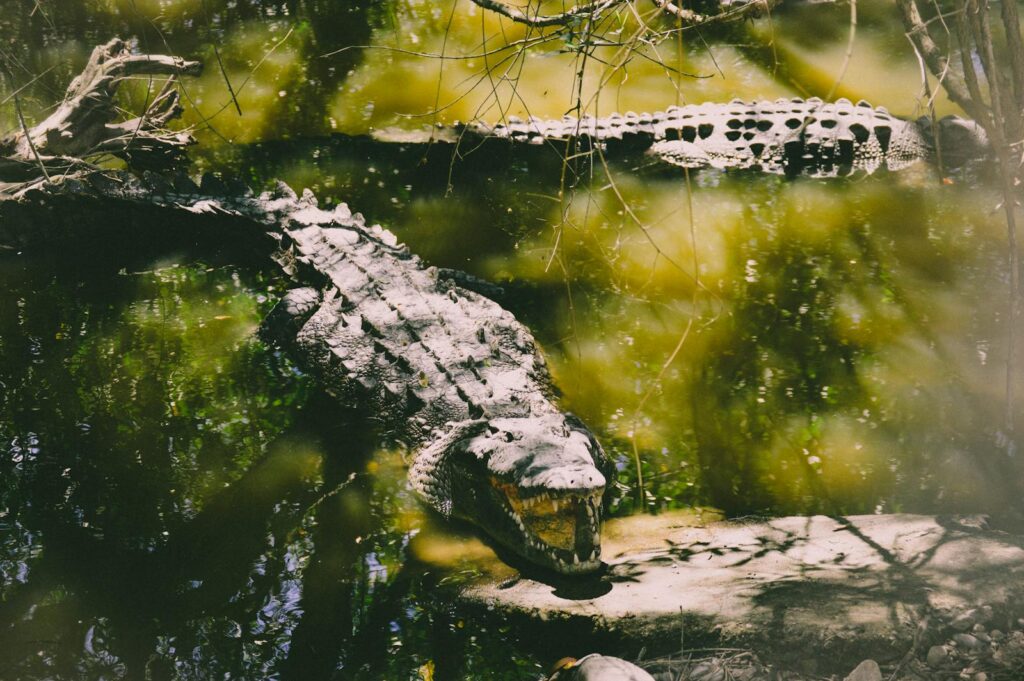
The capture of the Stokes Alligator was no simple feat, requiring determination, skill, and significant physical effort from the entire hunting party. The group first spotted the massive reptile in Mill Creek, a tributary of the Alabama River, and the ensuing battle lasted nearly five hours through the night. Initially, the hunters believed they were pursuing a large but typical alligator, only realizing the extraordinary nature of their quarry as the struggle continued. Multiple harpoon lines and snares were required before they could bring the giant alongside their boat, where the hunters dispatched it with a shotgun – standard protocol in regulated alligator hunts. The sheer weight of the animal nearly sank their boat during retrieval efforts, and they needed specialized equipment just to transport it for official measurement. This hunt not only set a new record but highlighted the challenges and dangers involved in handling such extraordinarily large predators.
Understanding Alligator Growth Patterns
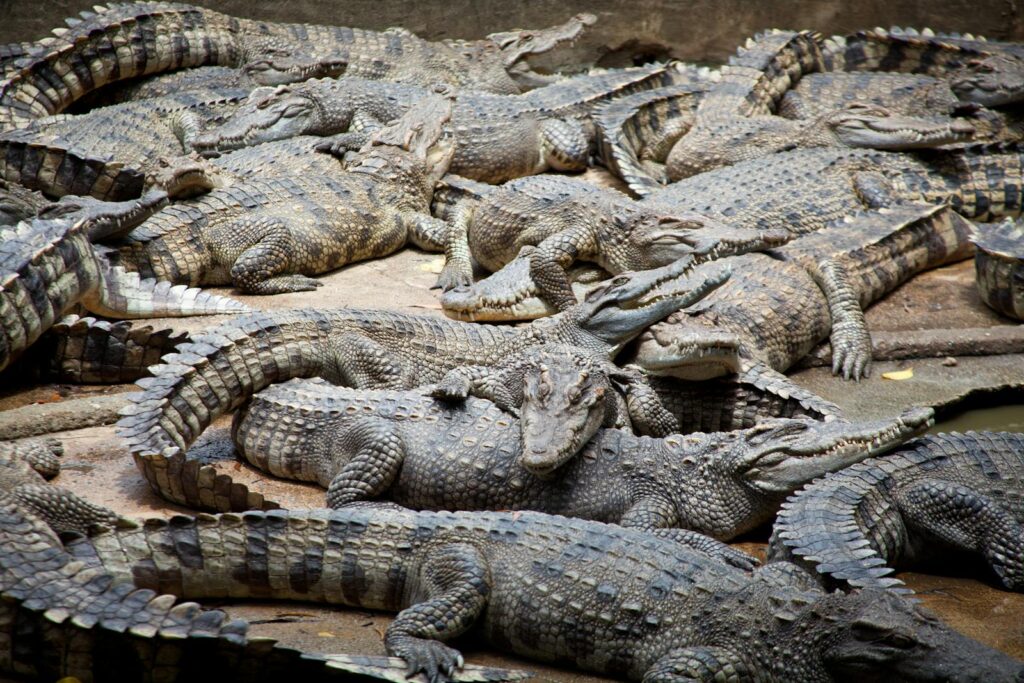
American alligators (Alligator mississippiensis) possess remarkable growth potential that explains how specimens like the Stokes Alligator can reach such impressive dimensions. Unlike mammals, alligators exhibit indeterminate growth, meaning they continue growing throughout their lives, albeit at decreasing rates as they age. During their first years, alligators can grow approximately one foot annually, with growth slowing to about two to three inches per year in adulthood. Environmental factors significantly influence growth rates, with ideal conditions including abundant food sources, optimal temperatures, and minimal competition or stress. Experts estimate that record-breaking specimens like the Stokes Alligator are likely 50-70 years old, representing decades of successful growth in favorable conditions. This biological capacity for continuous growth, combined with longevity, explains how some individuals can achieve such extraordinary proportions.
The Biology Behind Giant Alligators
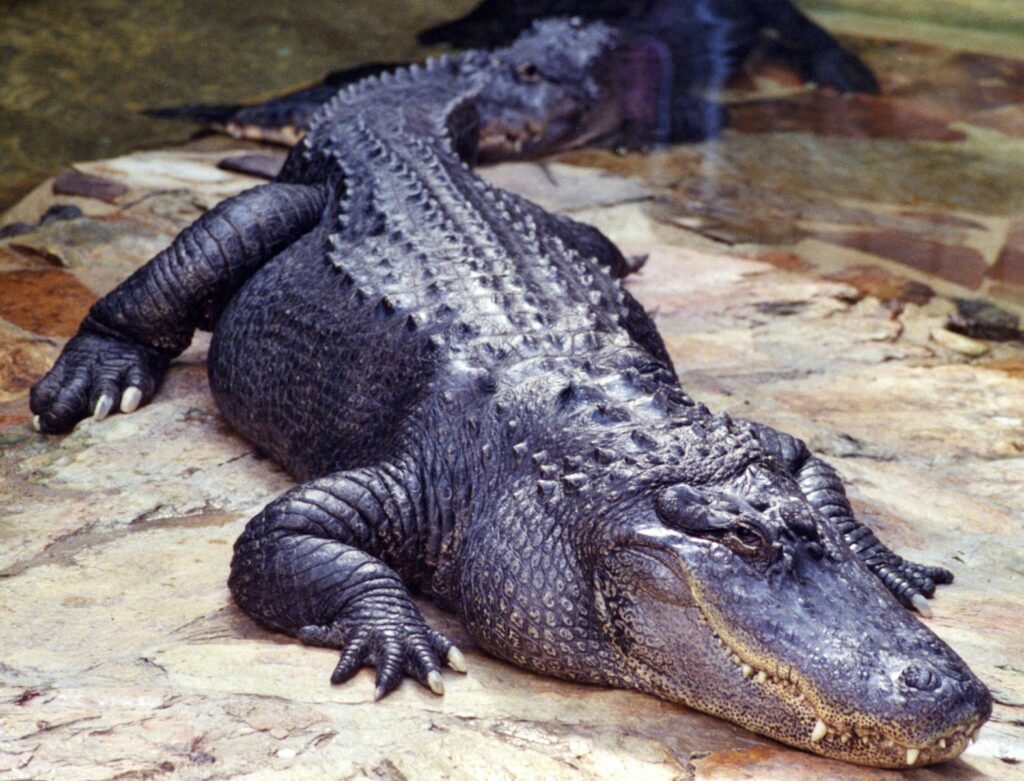
The exceptional size of record-breaking alligators results from a combination of genetic factors, environmental conditions, and longevity. Male alligators naturally grow larger than females, with average adult males measuring around 11-12 feet compared to 8-9 feet for females. Certain genetic lineages may predispose individual alligators to achieve greater size when conditions permit. Metabolic efficiency plays a crucial role, as some individuals simply convert food to growth more effectively than others. Habitat quality dramatically impacts potential growth, with alligators in nutrient-rich, low-competition environments able to consume more prey with less energy expenditure. Additionally, hunting regulations over the past five decades have protected older, larger specimens that might previously have been harvested before reaching their full growth potential. This confluence of factors explains why we occasionally encounter these living dinosaurs that seem to defy our expectations of alligator dimensions.
Other Notable Record Contenders
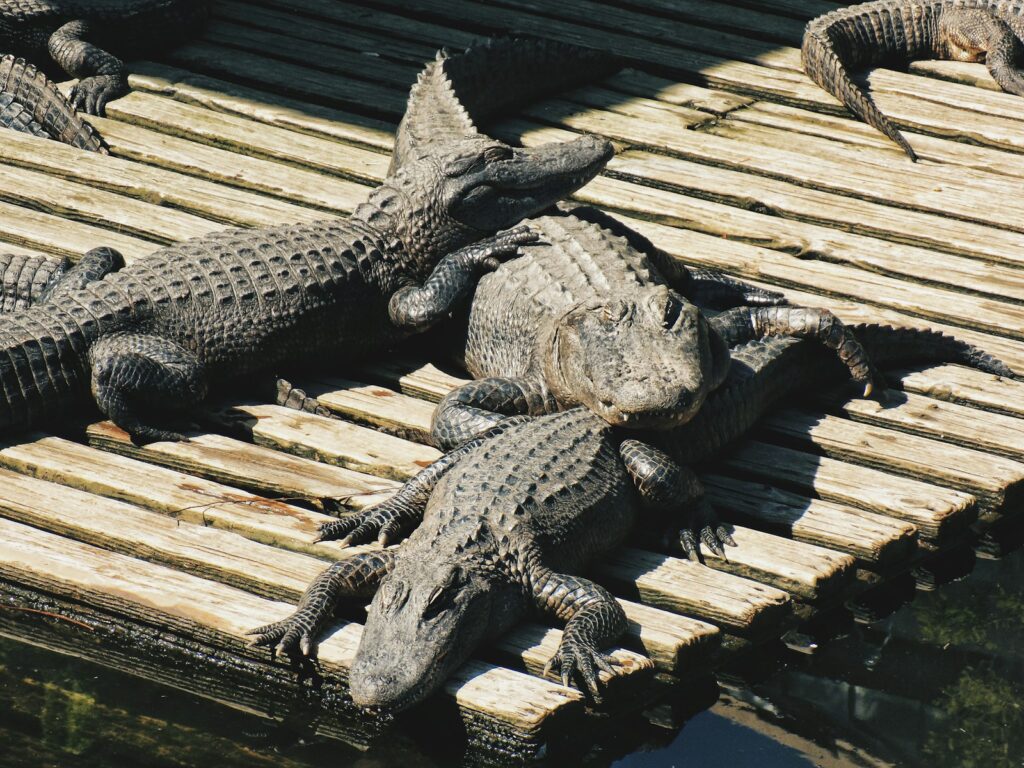
While the Stokes Alligator holds the official length record, several other captured alligators have approached or possibly exceeded this size, though with less rigorous verification. In 2017, hunters in Georgia captured a 14-foot, 3-inch alligator estimated to weigh over 900 pounds. Mississippi’s record holder, caught in 2017, measured 14 feet, 0.75 inches and weighed 766.5 pounds. Louisiana, often considered the alligator capital of America, reports several specimens over 14 feet, including a 14-foot, 8-inch individual harvested in Vermilion Parish. Florida’s largest officially measured alligator stretched 14 feet, 3.5 inches, though the state has numerous unverified reports of larger specimens. These near-record alligators demonstrate that while the Stokes specimen was exceptional, it represents the upper limit of a natural size range rather than a biological anomaly, suggesting other giants likely still lurk in America’s waterways.
Historical Accounts and Unverified Giants
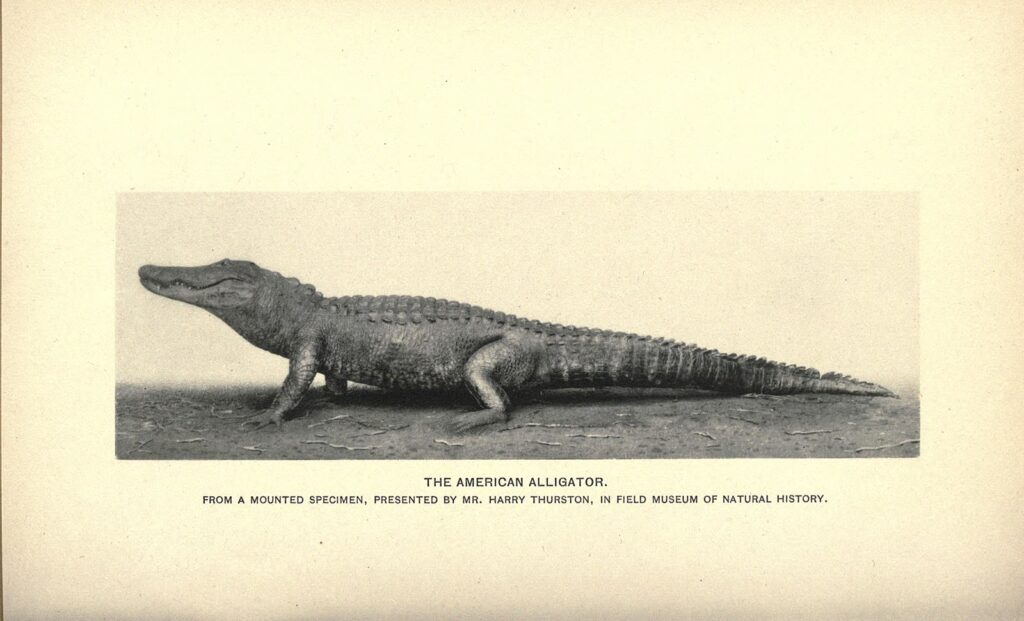
Historical accounts from the 19th and early 20th centuries describe alligators of truly monstrous proportions, though these reports lack the scientific verification modern records require. Newspapers and journals from the 1800s contain numerous accounts of alligators measuring between 16 and 19 feet, with some claims reaching an improbable 20+ feet. Early naturalists and hunters frequently reported 16-foot specimens, particularly before widespread hunting reduced alligator populations. One of the most persistent historical claims comes from Louisiana in 1890, where hunters allegedly killed an alligator measuring 19 feet 2 inches, though no physical evidence remains to substantiate this claim. While modern biologists generally dismiss the most extreme historical measurements as exaggerations, the consistency of reports in the 15-17 foot range suggests that before intensive hunting, larger specimens may have been more common than in the modern era. These historical accounts, while scientifically questionable, provide cultural context for our enduring fascination with giant alligators.
The Ecological Role of Large Alligators

Enormous alligators like the Stokes specimen play vital ecological roles in their wetland habitats that extend far beyond their status as apex predators. As dominant hunters, these large individuals help regulate populations of prey species including fish, turtles, birds, and mammals, preventing any single species from becoming overabundant. Their feeding behaviors redistribute nutrients throughout aquatic ecosystems, connecting terrestrial and aquatic food webs. Perhaps most significantly, large alligators create and maintain “alligator holes” – depressions they excavate in wetlands that hold water during dry periods, providing crucial habitat for fish, amphibians, and other water-dependent species during droughts. These depressions can persist for decades, fundamentally shaping wetland topography and hydrology. Additionally, the territorial behavior of dominant large alligators helps establish population structures that reduce competition and cannibalism among younger alligators. These ecological contributions make the conservation of large alligators critical to maintaining healthy, functioning wetland ecosystems.
Conservation Status and Population Recovery
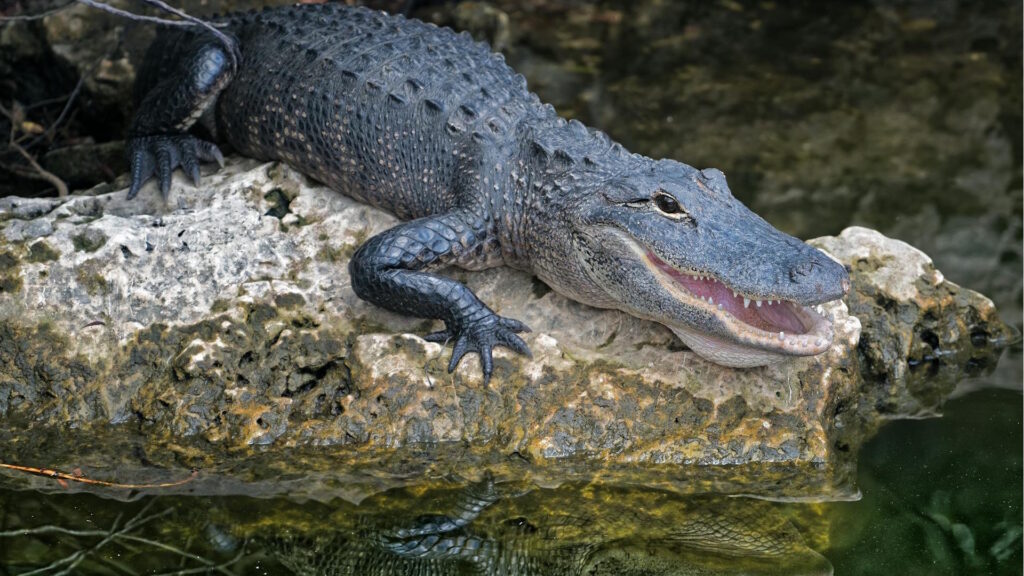
The presence of record-sized alligators represents a conservation success story that once seemed improbable. By the mid-20th century, American alligator populations had plummeted due to unregulated hunting and habitat destruction, leading to their 1967 listing as an endangered species. Strict protection measures, habitat conservation efforts, and carefully regulated management programs allowed the species to make a remarkable recovery. By 1987, the alligator was pronounced fully recovered and removed from the endangered species list, though it remains protected under the Similarity of Appearance provision to protect the endangered American crocodile. Today’s population is estimated at over 5 million alligators across the southeastern United States, with Alabama, Mississippi, Louisiana, and Florida hosting the healthiest populations. The emergence of record-sized specimens like the Stokes Alligator demonstrates that modern conservation practices have allowed these reptiles to once again reach their biological potential after decades of overexploitation had effectively removed the largest individuals from the gene pool.
The Science of Measuring Giant Alligators
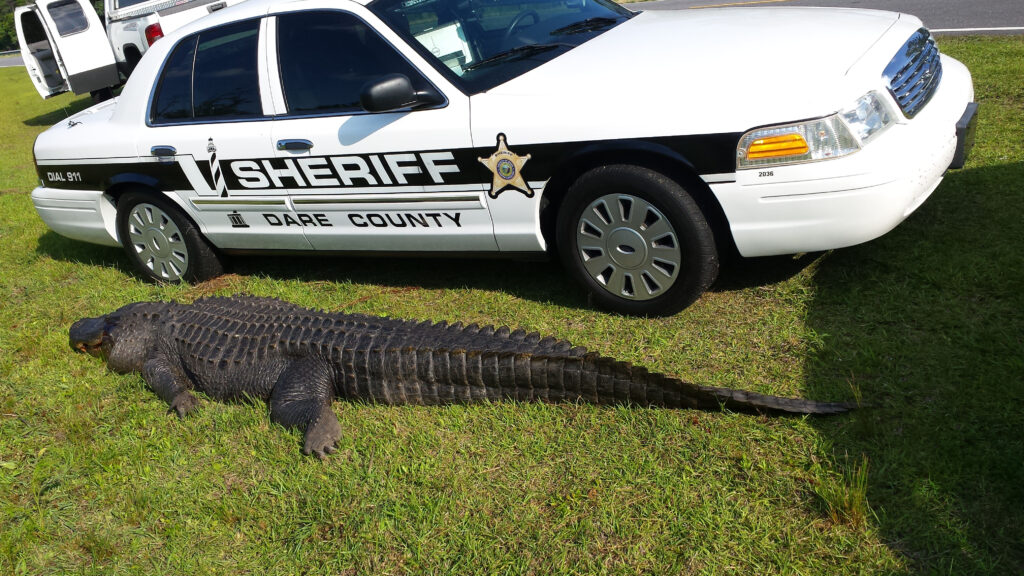
Accurately measuring enormous alligators presents significant scientific and logistical challenges that explain why some claimed records remain disputed. Official measurements require the alligator to be positioned in a straight line – no small feat with an animal weighing half a ton and measuring over 15 feet. The standard scientific protocol measures from the tip of the snout to the end of the tail along the dorsal (top) surface rather than stretching the animal out, which could artificially add length. Weight measurements must account for water loss, as alligators begin losing body mass immediately after death, potentially reducing their weight by dozens of pounds within hours. Verification typically requires multiple wildlife officials and standardized measuring equipment to ensure accuracy. Historical claims often fail modern scrutiny because they relied on eyewitness estimates or measuring techniques that may have exaggerated true dimensions. The Stokes Alligator’s record stands out because it adhered to these strict scientific standards, with comprehensive documentation including photographs, video, and multiple official witnesses verifying its extraordinary dimensions.
Human-Alligator Interactions and Safety
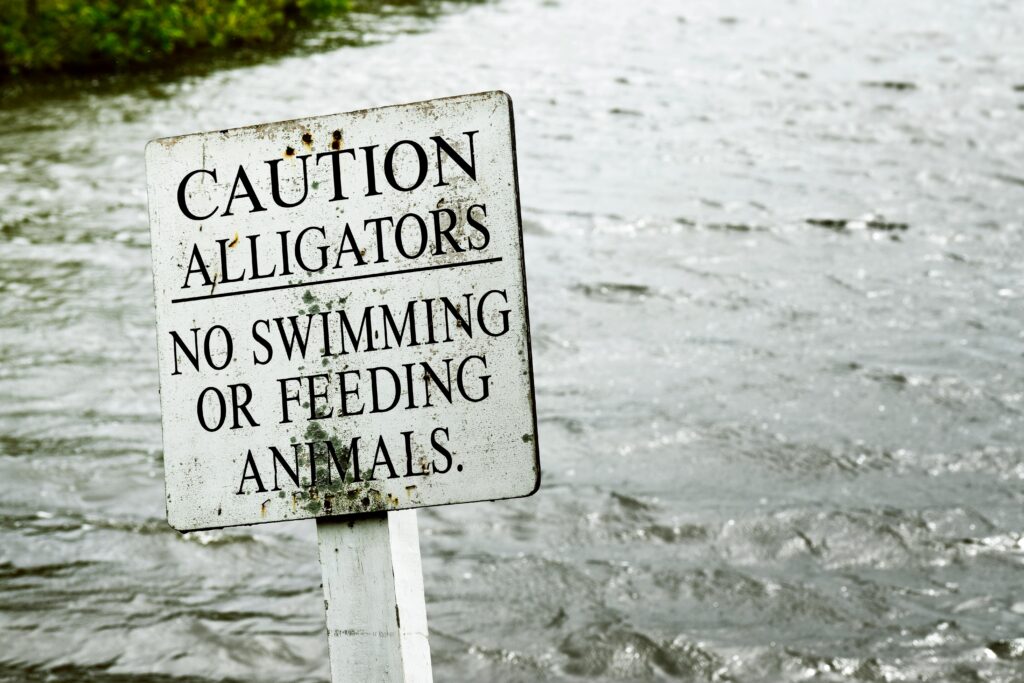
The existence of massive alligators like the Stokes specimen naturally raises questions about human safety in regions where these predators are abundant. Despite their intimidating size, alligator attacks on humans remain relatively rare, with typically fewer than ten unprovoked attacks per year across their entire range. Large dominant alligators generally establish territories in areas with minimal human activity, preferring undisturbed wetlands to high-traffic recreational areas. Most problematic alligator-human interactions involve smaller individuals that have lost their natural wariness of humans, often due to illegal feeding. Wildlife authorities emphasize that the risk from alligators can be minimized through basic precautions: never feeding alligators, keeping safe distances from waterways in alligator territory, swimming only in designated areas, keeping pets leashed near water, and being especially vigilant during spring and summer breeding seasons when alligators are most territorial. Understanding that even the largest alligators typically avoid human contact unless provoked or habituated helps maintain perspective on the actual risks these impressive animals pose.
Regulated Hunting and Management
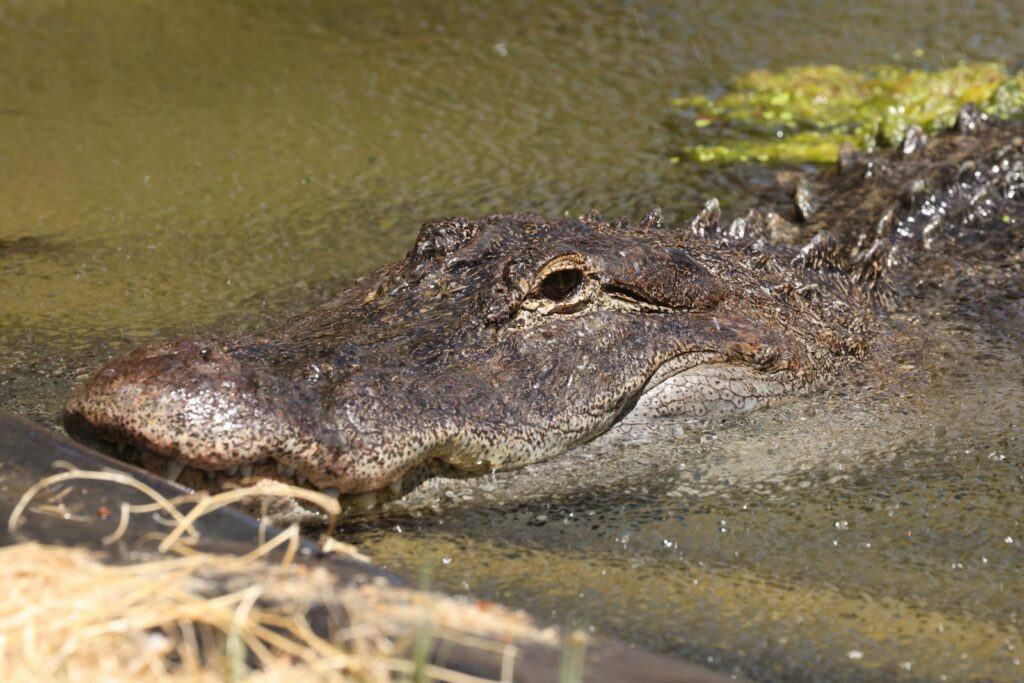
The controlled harvest of alligators, including potential record-breakers like the Stokes specimen, forms a key component of modern alligator management programs. States with alligator populations implement carefully regulated hunting seasons with strict quotas, size restrictions, and permitted hunting methods designed to maintain healthy population levels while preventing overexploitation. Wildlife biologists use data from hunting programs to monitor population trends, age structures, and overall health of alligator populations. In many states, including Alabama where the record holder was harvested, alligator hunting permits are distributed through lottery systems, with successful applicants receiving specific harvest zones and dates. Critics question the ethics of harvesting the largest, oldest specimens, arguing these individuals should be protected for their ecological and scientific value. However, wildlife managers counter that regulated hunting helps maintain appropriate population densities, reduces human-alligator conflicts, and generates significant revenue for conservation programs through license fees and meat and hide sales, creating economic incentives for habitat protection.
Cultural Significance of Giant Alligators
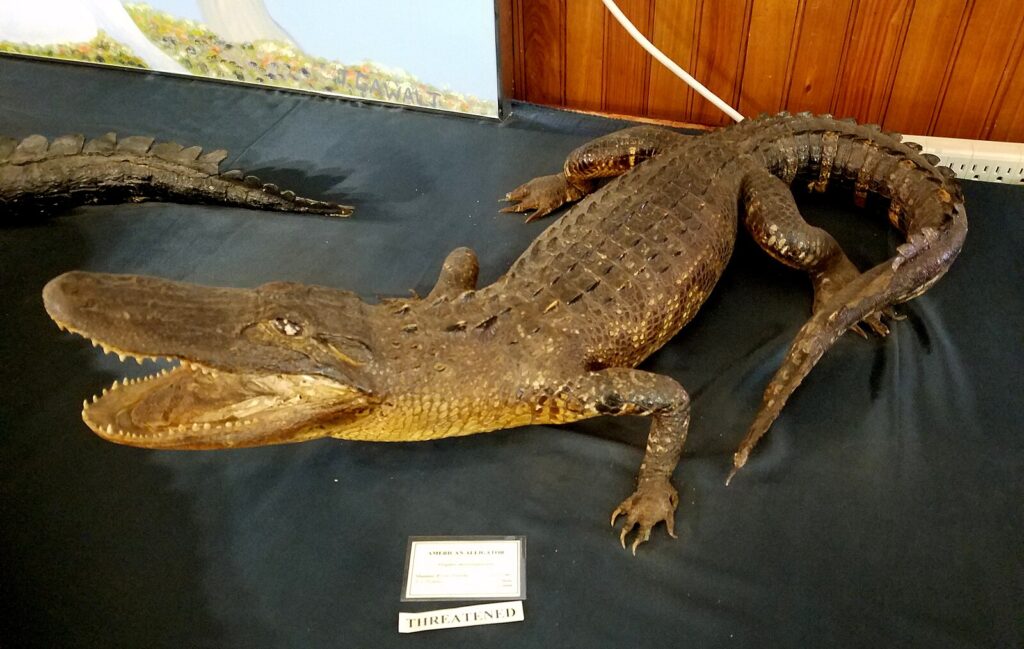
Record-breaking alligators like the Stokes specimen hold powerful cultural significance across the American South, where these reptiles have been woven into regional identity for generations. Giant alligators feature prominently in folklore, literature, and local legends, often symbolizing the untamed wilderness that once dominated the southern landscape. For indigenous peoples of the region, including tribes like the Seminole, Choctaw, and Chitimacha, alligators held spiritual significance as powerful beings deserving respect. In contemporary culture, the fascination with enormous alligators manifests in popular television programs, tourist attractions, and local celebrations throughout the Gulf states. When record specimens are captured, they often become regional celebrities, with thousands of people visiting museum displays or taxidermy mounts. The Stokes Alligator itself continues to draw visitors to its permanent display at the Mann Wildlife Learning Museum in Montgomery, Alabama. This enduring fascination reflects the alligator’s status as a living link to prehistoric times and a symbol of the wild, mysterious aspects of southern swamplands that persist despite urbanization and development.
The Future of Giant Alligators
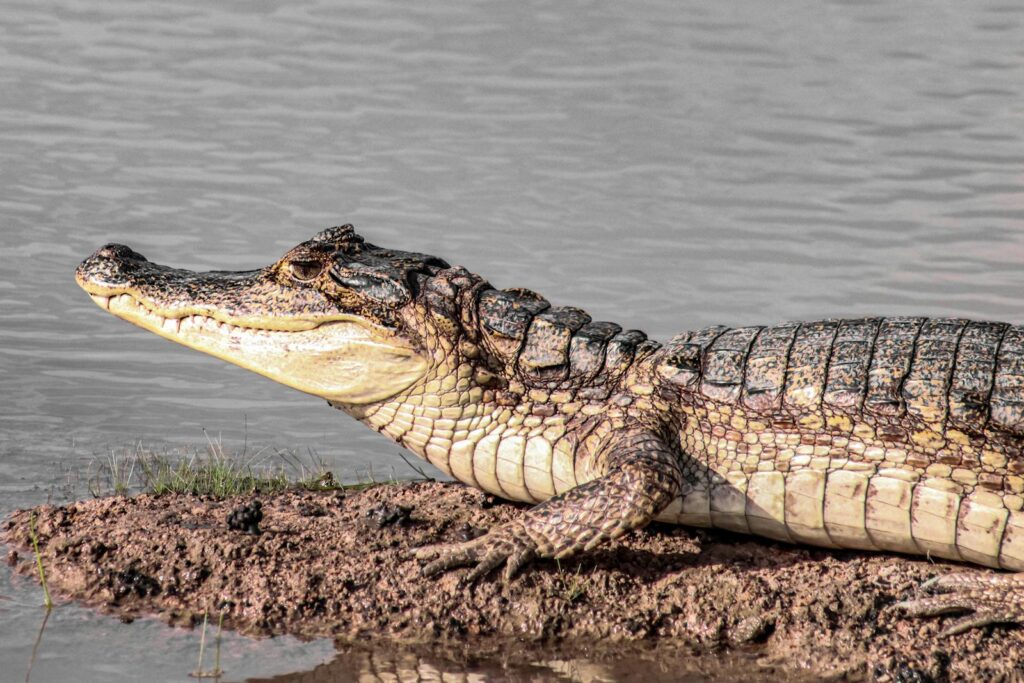
The prospects for future record-breaking alligators depend on complex interactions between conservation efforts, climate change, and habitat management. With continued protection of wetland habitats and maintenance of current hunting regulations, biologists believe alligators could potentially reach even larger sizes than the Stokes specimen. Some wildlife biologists hypothesize that as protected populations continue to age with minimal human interference, we may see more individuals approaching the biological maximum size for the species. However, significant challenges threaten this potential, including wetland loss to development, pollution of waterways, and climate change impacts on alligator habitats. Rising temperatures could affect sex ratios in alligator populations, as the gender of hatchlings is determined by nest temperature. Saltwater intrusion into freshwater habitats due to sea level rise poses another threat, potentially reducing suitable habitat for optimal growth. The future discovery of alligators exceeding current records will depend largely on our commitment to preserving the extensive, undisturbed wetland systems that allow these impressive reptiles to reach their full growth potential over many decades.
Conclusion
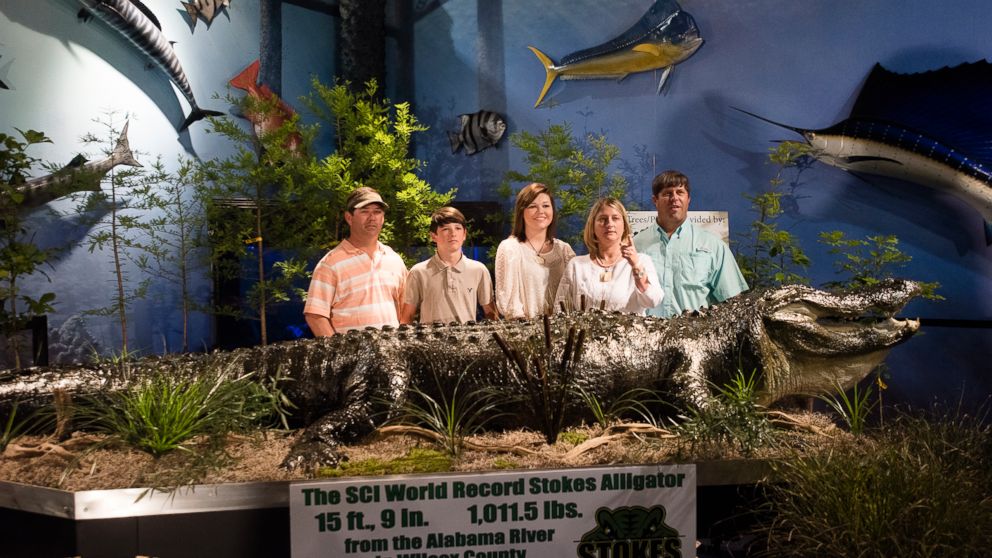
The Stokes Alligator stands as a remarkable biological achievement – a creature that reached the upper limits of its species’ growth potential through a combination of genetics, environmental conditions, and longevity. At nearly 16 feet long and over 1,000 pounds, this record-holder represents not just an exceptional individual, but a testament to successful conservation efforts that have allowed alligator populations to recover from near-extinction. These massive apex predators continue to capture our imagination, connecting us to a prehistoric past when massive reptiles dominated the landscape. As we continue to protect wetland habitats and manage alligator populations sustainably, the swamps of the American South may yet reveal even larger specimens, furthering our understanding of just how impressive these ancient reptiles can become when given the chance to thrive.

